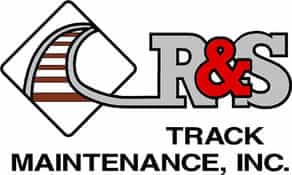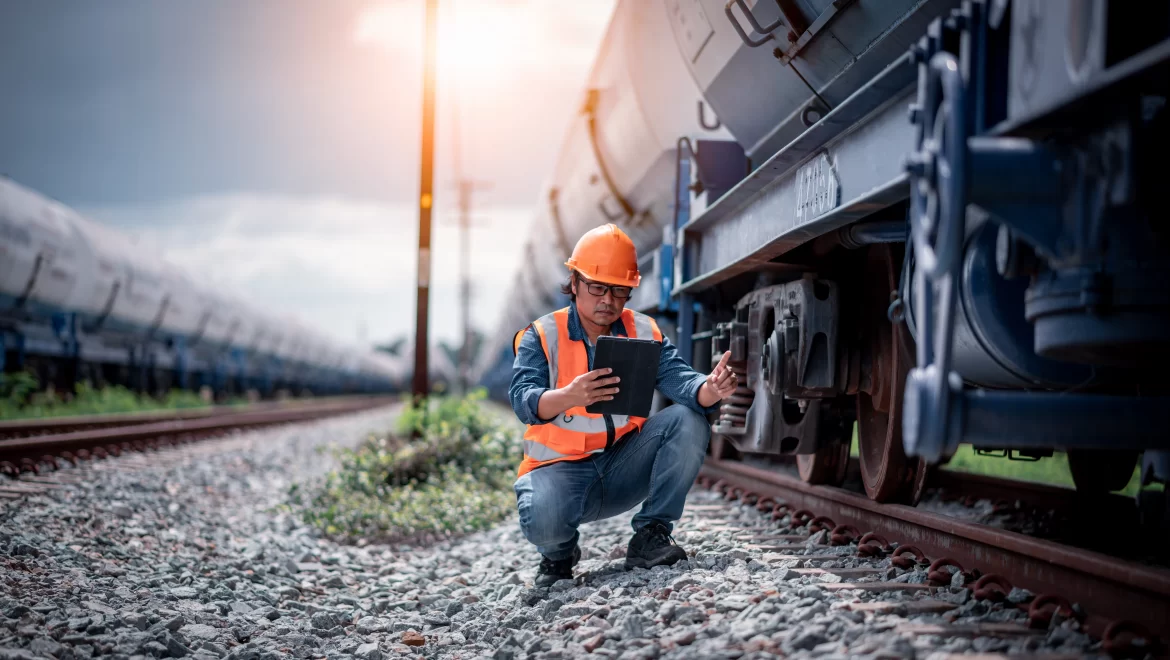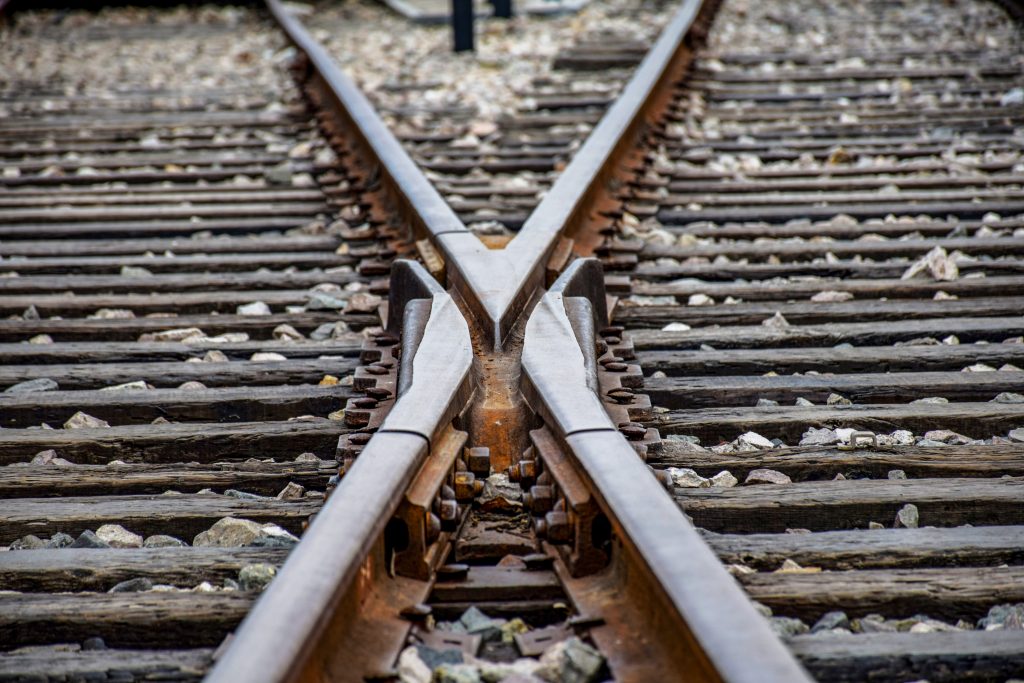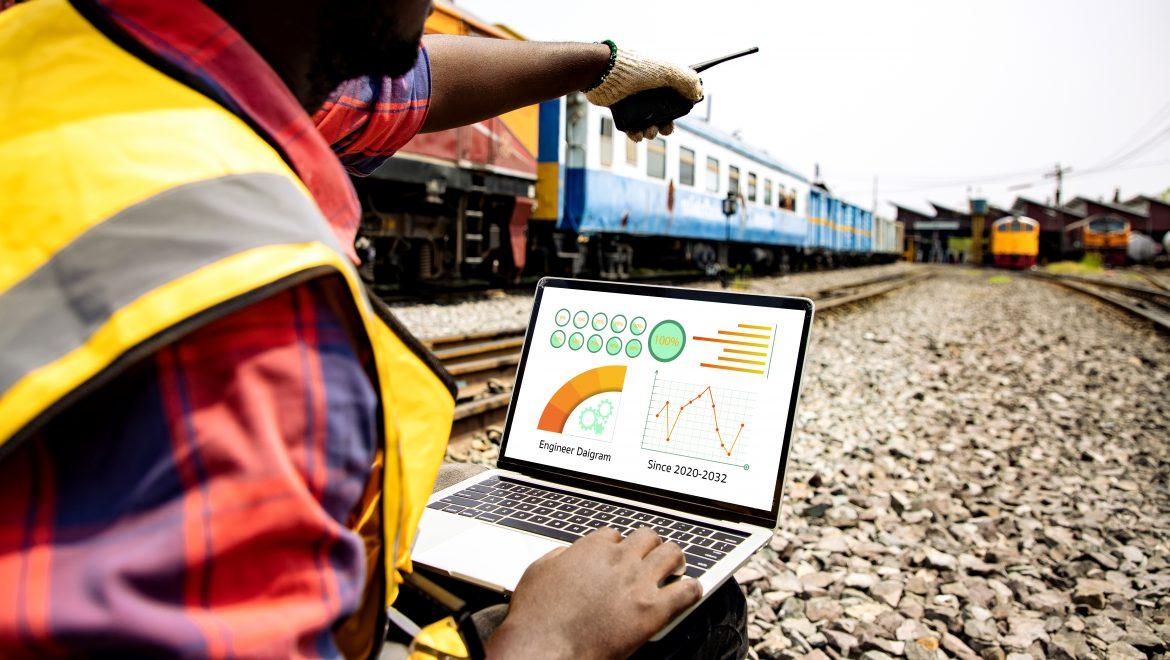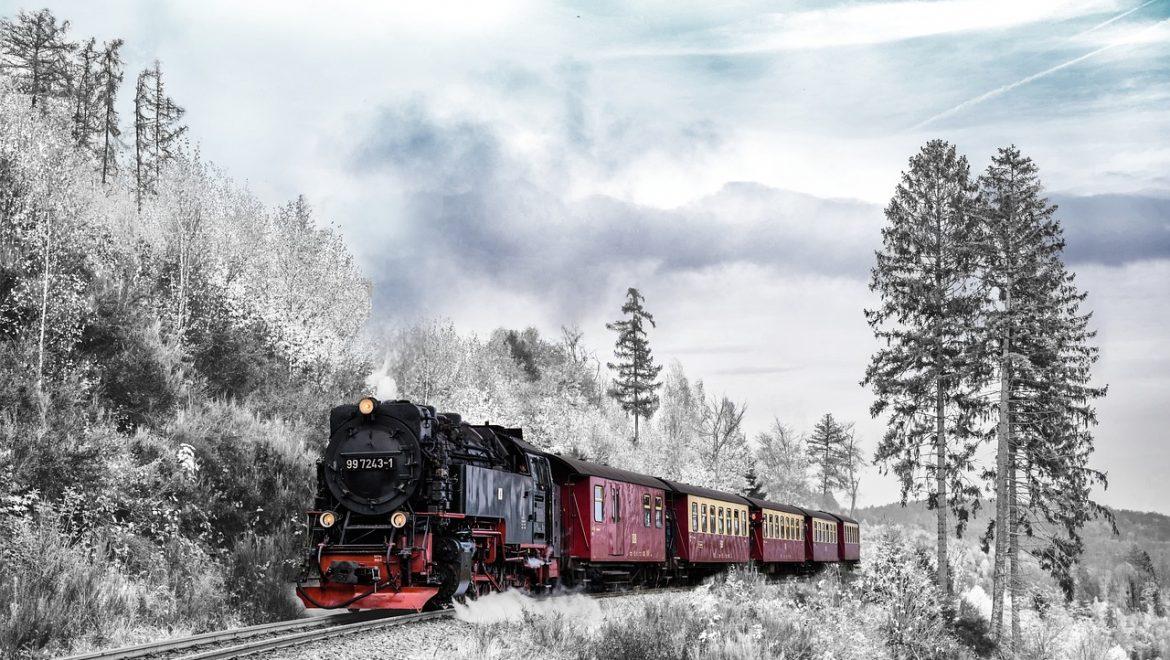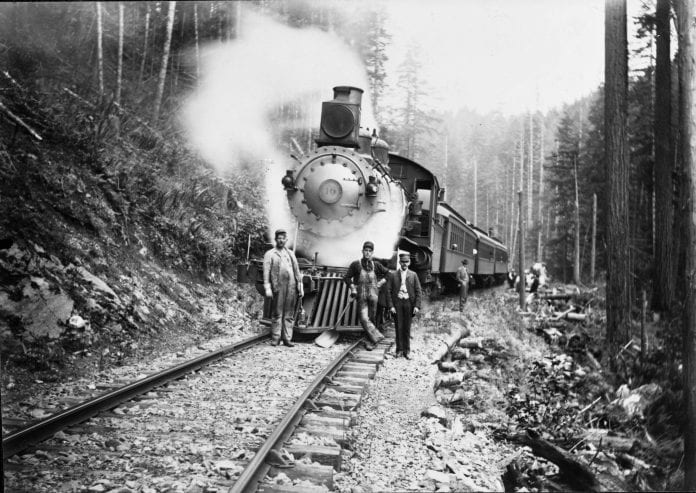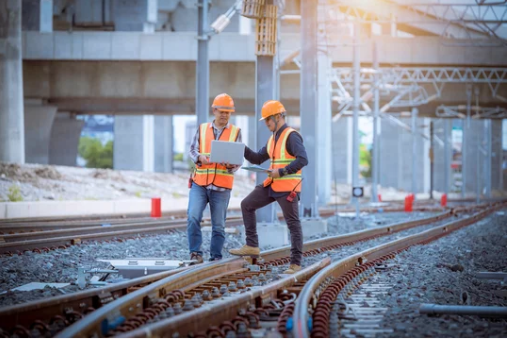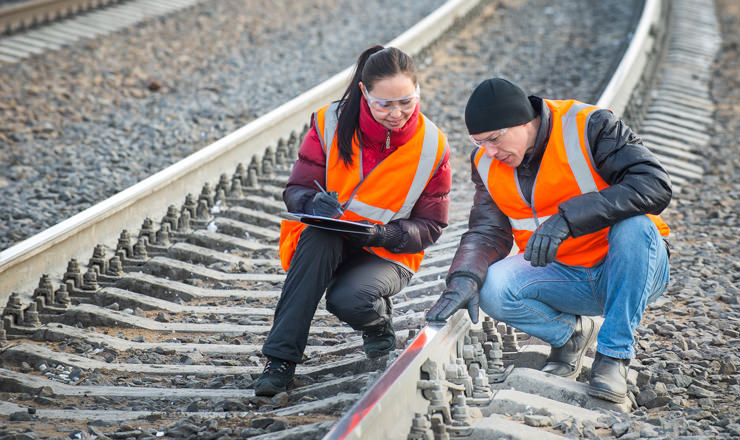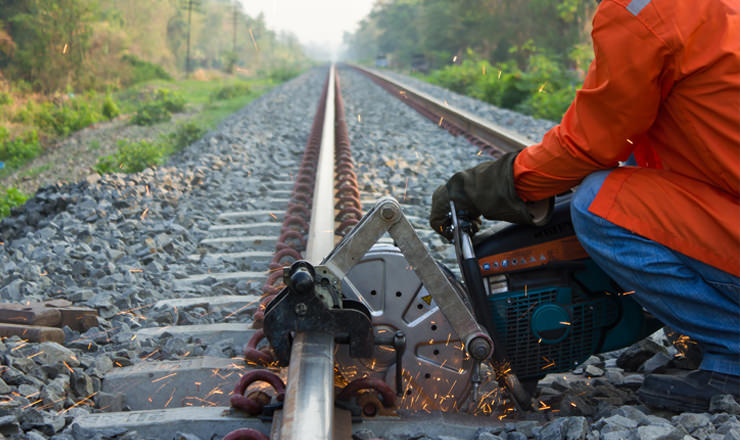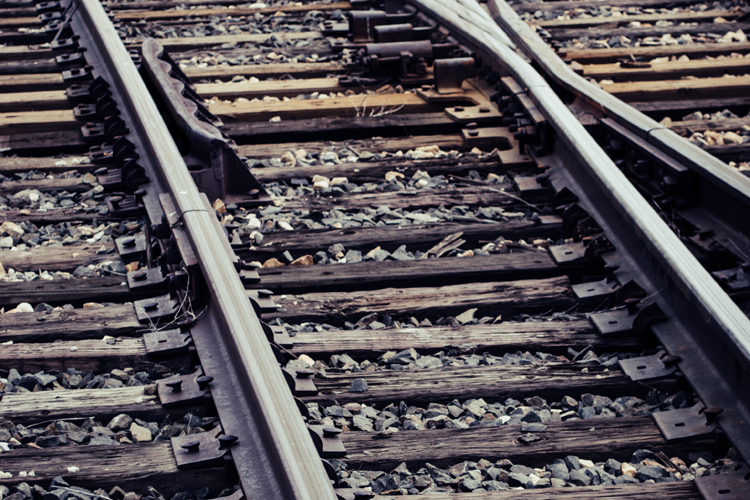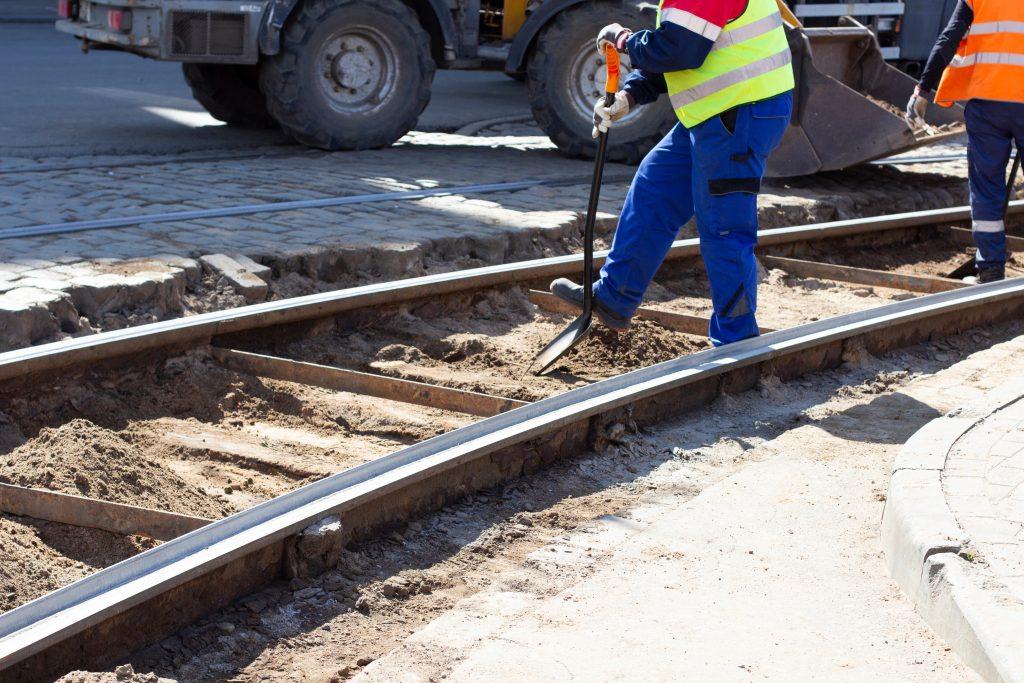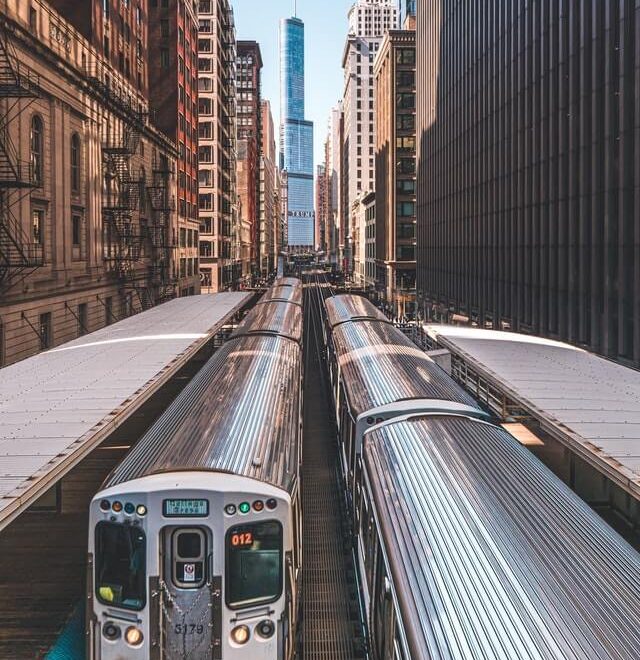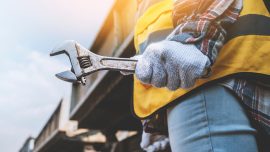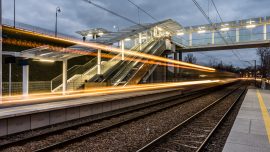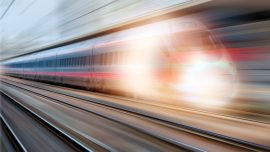Understanding the Different Types of Railway Track Maintenance
Railway track maintenance is a complex and important process that must be done in order to ensure the safety and reliability of trains. It involves both proactive and reactive maintenance activities, as well as regular inspections and repairs.
With the help of a good railroad track repair contractor, your railroad tracks will always remain in the best working conditions.
But what are the different types of railway track maintenance? Let’s explore them in greater detail.
1. Routine Maintenance
Routine maintenance is the most common type of railway track maintenance. This includes activities such as visual inspections, replacing worn-out parts, greasing points, cleaning, repacking ballast, and other general upkeep activities.
Routine maintenance should be done regularly in order to keep tracks in peak condition and prevent any major issues from occurring.
2. Preventive Maintenance
Preventive maintenance is a proactive approach to railway track maintenance that involves anticipating potential problems before they happen and taking steps to address them before they become major issues.
Examples of preventive maintenance include inspecting running rails for wear or cracks, using special tools to detect weak spots in rail joints, regularly checking under bridges for damage, and performing routine tests on equipment such as switches, signals, crossings, etc.
Choose a reliable railroad track repair contractor, such as R&S Track to give you the best maintenance services.
3. Corrective Maintenance
Corrective maintenance is used when something has gone wrong with the railway tracks or their components.
This type of railway track maintenance involves identifying the issue at hand and then taking corrective action to fix it as quickly as possible.
Examples of corrective maintenance include repairing broken rails or ties, replacing damaged parts, realigning tracks, fixing drainage issues, removing vegetation from around tracks, repairing switches or other faulty components, etc.
4. Emergency Maintenance
Emergency maintenance is used when there’s an urgent need for repair due to an unforeseen event such as a natural disaster or accident that could put passengers at risk if not addressed immediately.
Emergency repairs may involve anything from replacing damaged rails or ties to clearing debris off the tracks after a storm has passed through an area. When emergency issues such as derailments occur, call a reliable railroad track repair service.
R&S Track Inc. – Certified and Compliant Railroad Track Contractors
Railway track maintenance is an important part of any railroad system, whether private industrial railroad tracks or long-distance tracks.
The good news is that with a professional and experienced railroad track repair service contractor on your side, you can be assured that your railroad is being taken care of at all times.
R&S Track Inc. is a certified and compliant railroad track contractor with OSHA safety compliance, ISNET certification, and DOT compliance. As a leading railroad contractor, we take pride in our 100% customer satisfaction rate.
R&S Track provides a wide range of railroad track maintenance services including rehabilitation. Your tracks will age over time, especially if you move bigger carloads or service bigger locomotives.
Shorter load times will also take a toll on your tracks. R&S Track can handle all the railroad track rehabilitation maintenance requirements you need.
We also provide railroad track maintenance construction for new lines. Over the years we have built many new tracks for a wide range of industries including wind turbine trans-loading sites and ethanol production industries.
Feel free to contact us today for all your railroad track maintenance needs.
